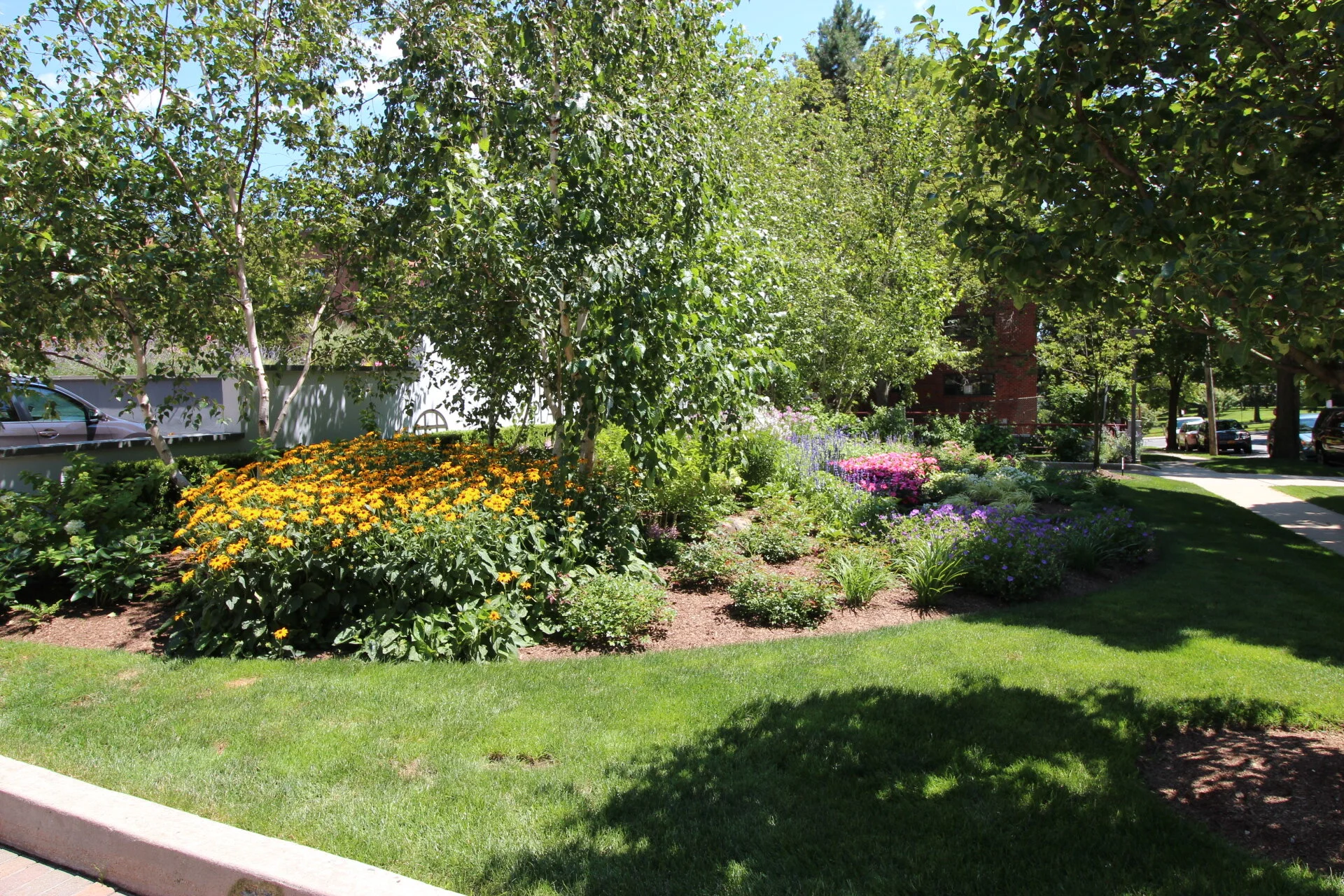Want to give your landscape a healthy head start this spring? The secret lies in not waiting until the landscape is in full bloom! Here’s a quick guide for lawn care and clean-ups: the landscape maintenance requirements of early spring in Yorktown, NY.
Test and Amend the Soil
Soil testing ensures that your soil provides the right growing conditions for healthy plants. You may need to amend the soil differently in various parts of the landscape. To do this successfully, you need to know the growing requirements of the major plants in your landscape: trees, shrubs, and grass.
Related Article: Property Maintenance Tips for Maintaining a Healthy Lawn Throughout the Year
Fertilize
Take a mental look back at last season at any plants that failed to thrive. Always test soil pH before applying any fertilizer. Too much of a good thing is just as bad as not enough! Apply an organic fertilizer such as compost in spring to give plants a head start and avoid “fertilizer burn.”
Avoid using generic “weed-and-feed” mixes from the garden supply store. Not all plants thrive with extra feeding. Some actually prefer thin soil! It’s best to take a case-by-case approach and use a good combination of fertilizer, mulch, and, where needed, weed control.
Mulch
If you didn’t add mulch to your planting beds in fall, do it in spring to discourage weeds and protect plant roots from the sometimes dramatic temperature fluctuations of spring.
Related Article: How a Spring Cleanup Lawn Service Can Enhance Your Property
Rake, Dethatch, Aerate, and Overseed the Lawn
Thatch is the dense layer of dead grass that collects at the plants’ base. Thatch acts as a barrier that prevents water, air, and nutrients from being absorbed into the soil. If the spring brings heavy rains, thatch prevents excess water from evaporating, which can cause soggy areas in the lawn and worse, rot. Soil that has been compacted by heavy snow loads - such as where snow was plowed off the driveway - also has difficulty absorbing nutrients and water. Rake the lawn thoroughly to loosen thatch. Aeration loosens the soil, encourages wet areas to dry out, and stimulates growth. Rake up any fallen leaves that still linger - but don’t bag them! Compost them or mulch them to add nutrients to the lawn. Finally, overseed any bare patches of lawn.
Control Weeds
Use pre-emergent herbicides to prevent weeds from germinating. Only use post-emergent weed killer later in the season on sprouted weeds. Spring is a great time to pull weeds since the soil is moist and soft.
Spruce Up Your Planting Beds
Early spring is too soon to plant, but it’s a great time to create new planting beds to freshen up the landscape. It is an excellent time to cluster plants that thrive in the same growing conditions. Once the temperatures are consistently warm enough, your new planting beds will be ready for a riot of color!
Inspect Trees and Shrubs
The old saying goes, “never cut a tree down in winter” because it’s hard to tell if a tree is dead or just dormant. But in spring when buds appear, you can see if any parts of a tree or shrub have died over the winter. Spring is a good time to trim boxwoods to encourage new growth and to give walkways some breathing room if hedges have started to take them over. We recommend that you always use a professional tree service to handle tree pruning.
Want Some Help?
Spring landscaping maintenance requires specialized knowledge of the needs of each plant in your landscape. If you want a beautiful and healthy landscape without wondering if you’ve just burned your azaleas with too much fertilizer or if you were supposed to add lime to your lawn, give yourself the peace of mind knowing that the professionals have it handled. Schedule your spring lawn and landscape care with us now!


